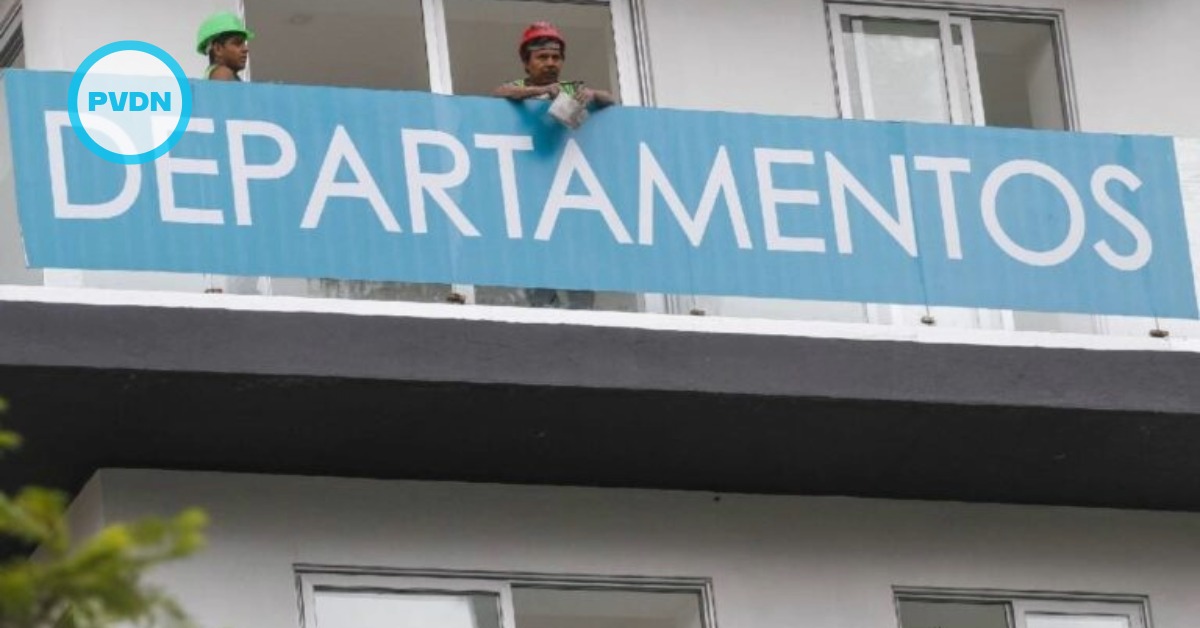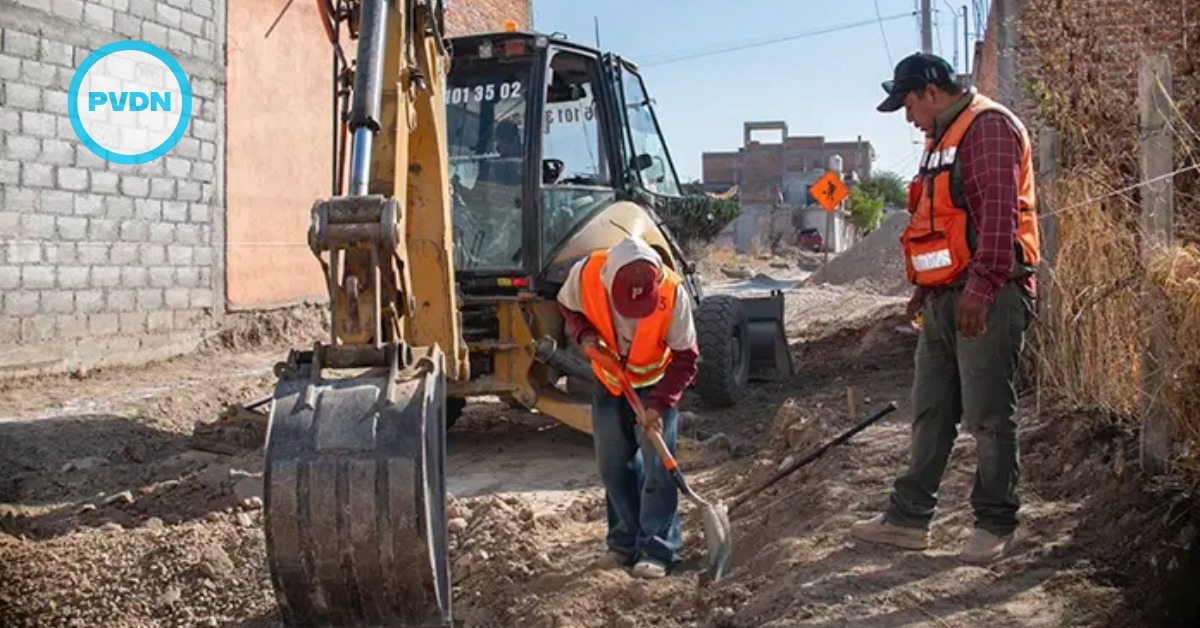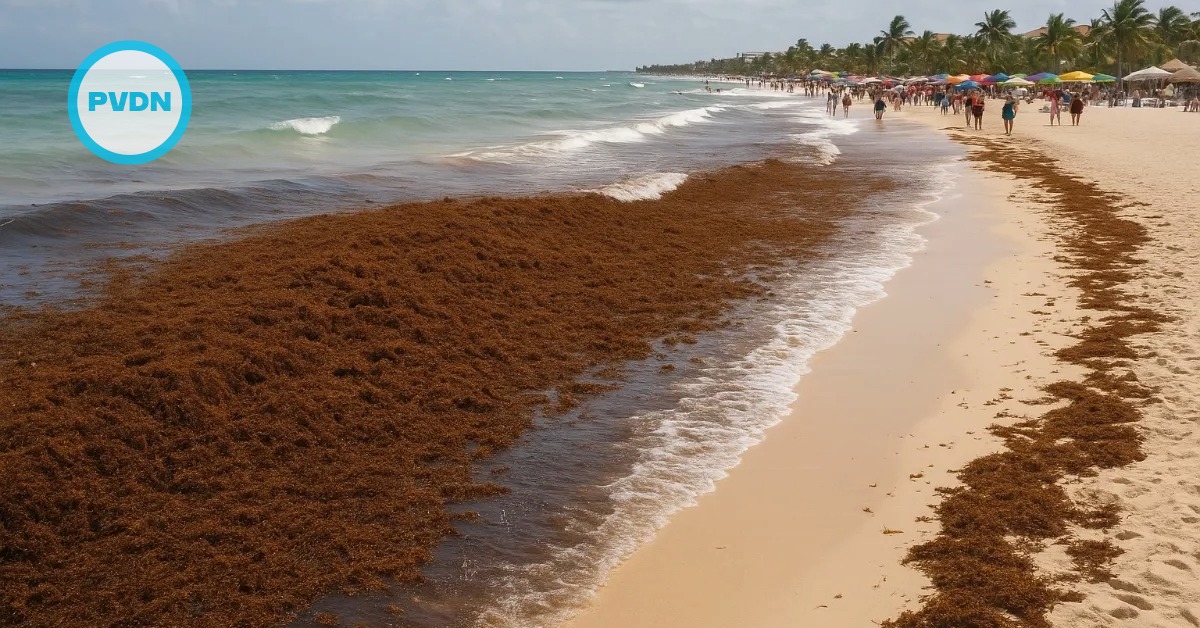Imagine if people from Kansas and California were as genetically distinct from each other as someone from Germany is from someone from Japan. That’s the kind of remarkable genetic variation that scientists have now found within Mexico, thanks to the first fine-scale study of human genetic variation in that country. This local diversity could help researchers trace the history of the country’s different indigenous populations and help them develop better diagnostic tools and medical treatments for people of Mexican descent living all over the world.
The team has done a “tremendous job” of creating a “blueprint of . . .





